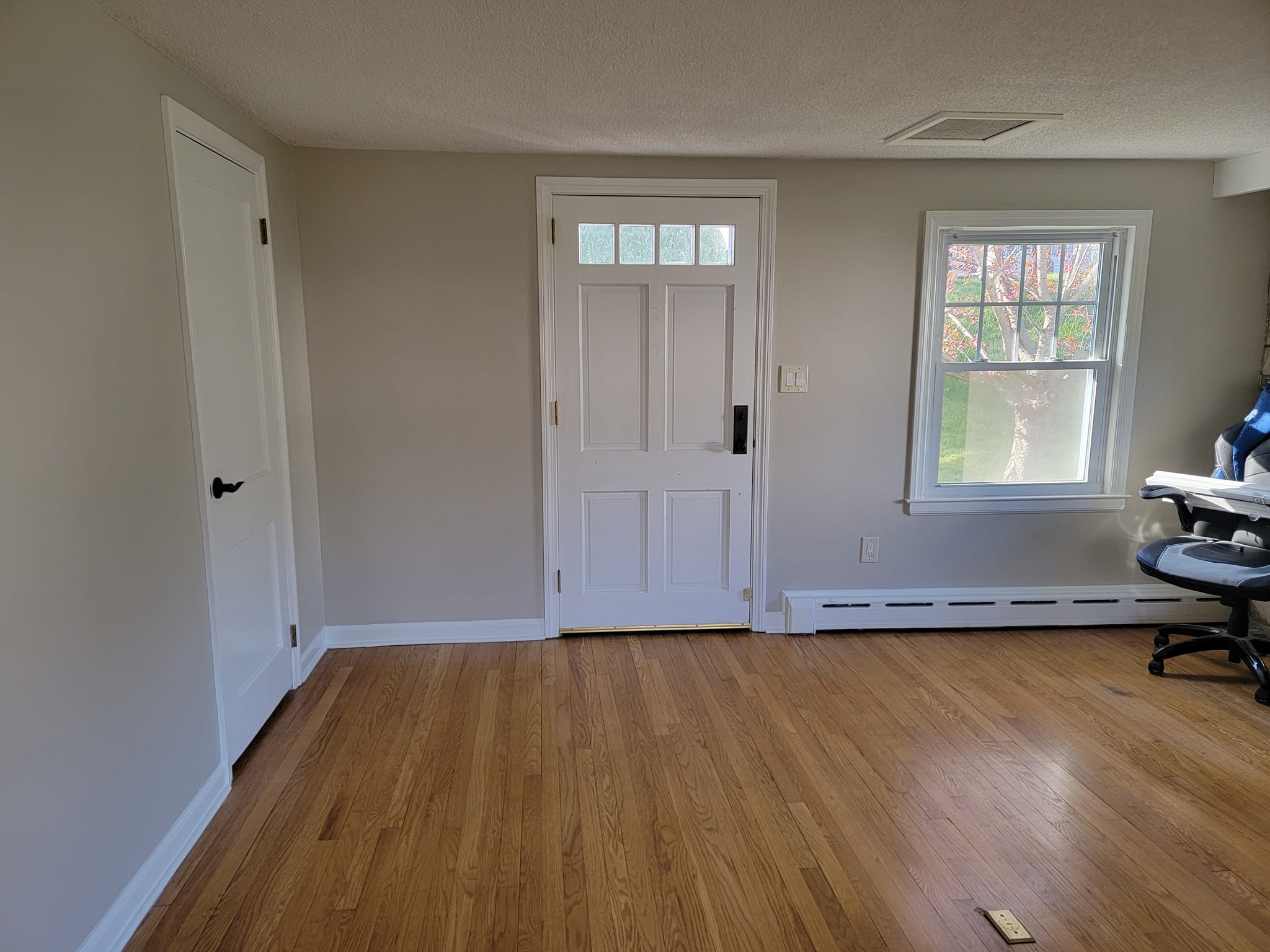
Creating Depth and Dimension: Layering Colors for Outstanding Interior Designs Oct 17, 2025
Creating depth with color starts with understanding the role of the color palette. A well-chosen palette is the foundation upon which you can build intriguing visual dynamics. Consider selecting a base color that sets the tone for the room. This could be a soothing neutral like beige or a bold shade like navy blue, depending on the mood you wish to evoke. By choosing a foundational color, you create a canvas upon which other hues can be layered, adding richness and complexity to the space.
Layering involves the careful selection of complementary colors. These additional shades should not only harmonize with your base color but also provide contrast or accents that draw the eye. For instance, pairing a soft grey with vibrant yellow can invigorate a room, making it lively and welcoming. The goal is to achieve a balance where each color enhances the other, providing both contrast and cohesion.
Textures also play a significant role in layering colors effectively. By incorporating various materials like soft fabrics, glossy surfaces, or rough-hewn wood, you add another dimension to your space. Textures influence how colors are perceived, enhancing or muting their effect. A deep burgundy wall paired with velvet cushions can create a luxurious, enveloping space. At the same time, mixing matte and shiny surfaces can add interest and depth to a color scheme, making the design feel more dynamic.
Lighting is another key factor in achieving the right interplay of colors. The way natural and artificial light interacts with colors can dramatically influence the perception of space. During the day, sunlight might highlight certain shades, while in the evening, warm lighting can enrich the cozy aspect of deeper hues. It's essential to consider how your chosen palette appears in different lighting conditions to ensure you get the desired ambiance at all times.
Beyond aesthetics, consider the emotional and psychological impacts of colors. Colors can influence moods and perceptions, making spaces feel larger, warmer, or more inviting. For a tranquil setting, cool shades like blues and greens work wonders, whereas if you're aiming for a vibrant and energetic space, warm reds or oranges might be more appropriate. Custom Touch Home Improvement recommends contemplating the purpose of each room, tailoring your color choices to not only enhance design but also support functionality.
In conclusion, layering colors effectively requires a thoughtful approach that considers the base palette, complementary shades, textures, and lighting to create depth and dimension. By applying these principles, you can transform mundane interiors into captivating environments that reflect your personal style. Custom Touch Home Improvement encourages homeowners to embrace the power of color, as it has the potential to redefine and invigorate any living space.
For those hesitant to tackle this artistic endeavor alone, our team at Custom Touch Home Improvement is ready to offer expert guidance and professional painting services. Let us help you achieve outstanding interior designs that resonate with beauty and individuality, using the transformative art of color layering.
/filters:no_upscale()/media/c1a54568-c06a-4678-9614-a8ec8f95e281.jpg)